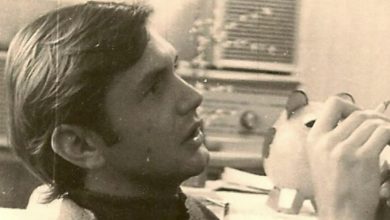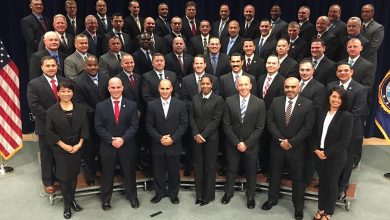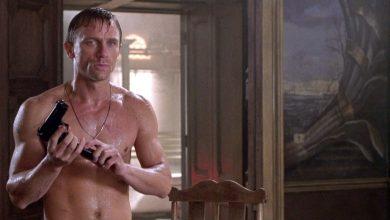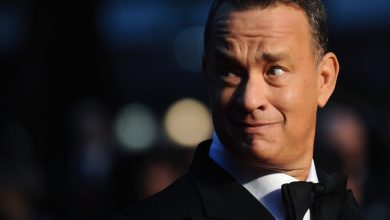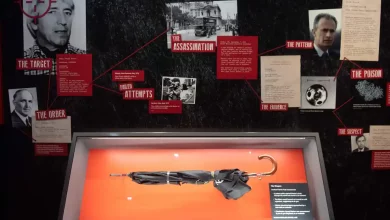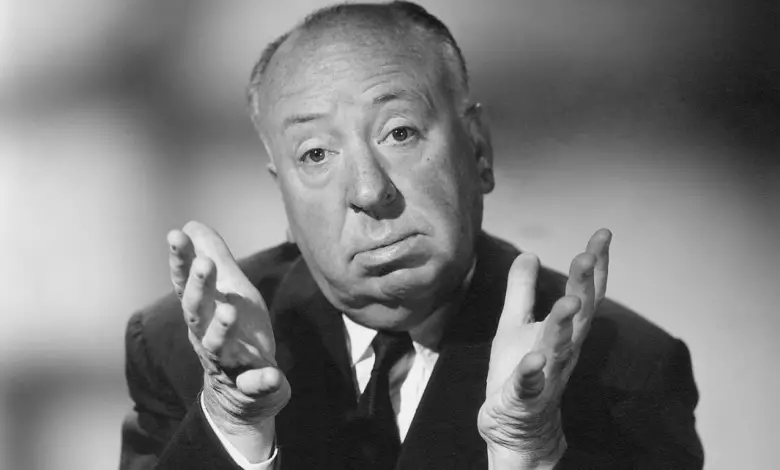
The world of James Bond has captured the imagination of audiences for decades, with suave spies, breathtaking action, and iconic villains leaving an indelible mark on cinematic history. While we revel in the 007 movies that made it to the screen, there exists a hidden vault of untold tales—missions that never saw the light of day. Join us on a journey into the realm of unmade Bond films, where intriguing concepts, tantalizing collaborations, and complex challenges intertwine to shape the lore we know today.
Key Takeaways
- Alternate Realities: Unmade Bond films offer a tantalizing glimpse into alternate realities where beloved characters faced different challenges and embarked on unique adventures. These unrealized projects showcase the dynamic nature of storytelling and the myriad possibilities that could have shaped the Bond universe.
- Creative Evolution: The unmade Bond films reflect the ever-evolving creative landscape of the film industry. From Quentin Tarantino’s envisioned take on “Casino Royale” to Timothy Dalton’s unfulfilled missions, these projects provide insights into the shifting visions and aspirations that guided the franchise’s growth.
- Intrigue and Speculation: The stories of these unmade films continue to fuel intrigue and speculation among Bond enthusiasts. These unexplored narratives, combined with the involvement of legendary filmmakers like Hitchcock, ignite discussions that bridge the gap between fiction and reality.
1. Casino Royale – Directed by Quentin Tarantino
For an extensive period, fervent Bond enthusiasts were left to conjure fantasies of a genuine cinematic adaptation of “Casino Royale.” The esteemed Eon Productions, responsible for curating the official film series, only managed to secure the rights to Ian Fleming’s debut 007 novel as late as 1999.
It wasn’t until 2006 that the final incarnation of the film, starring Daniel Craig, would grace the silver screen. However, two years prior to this milestone, when Pierce Brosnan was still donning the Bond mantle, an unexpected individual, Quentin Tarantino, emerged with a fervent desire to helm “Casino Royale.
In May 2004, Tarantino’s enthusiasm for the project was palpable. He declared, “I’ve always wanted to do it,” and went on to share that he and Pierce Brosnan had serendipitously crossed paths, leading to an enthusiastic discussion. Brosnan appeared to be intrigued by Tarantino’s concept, igniting a spark of potential collaboration.
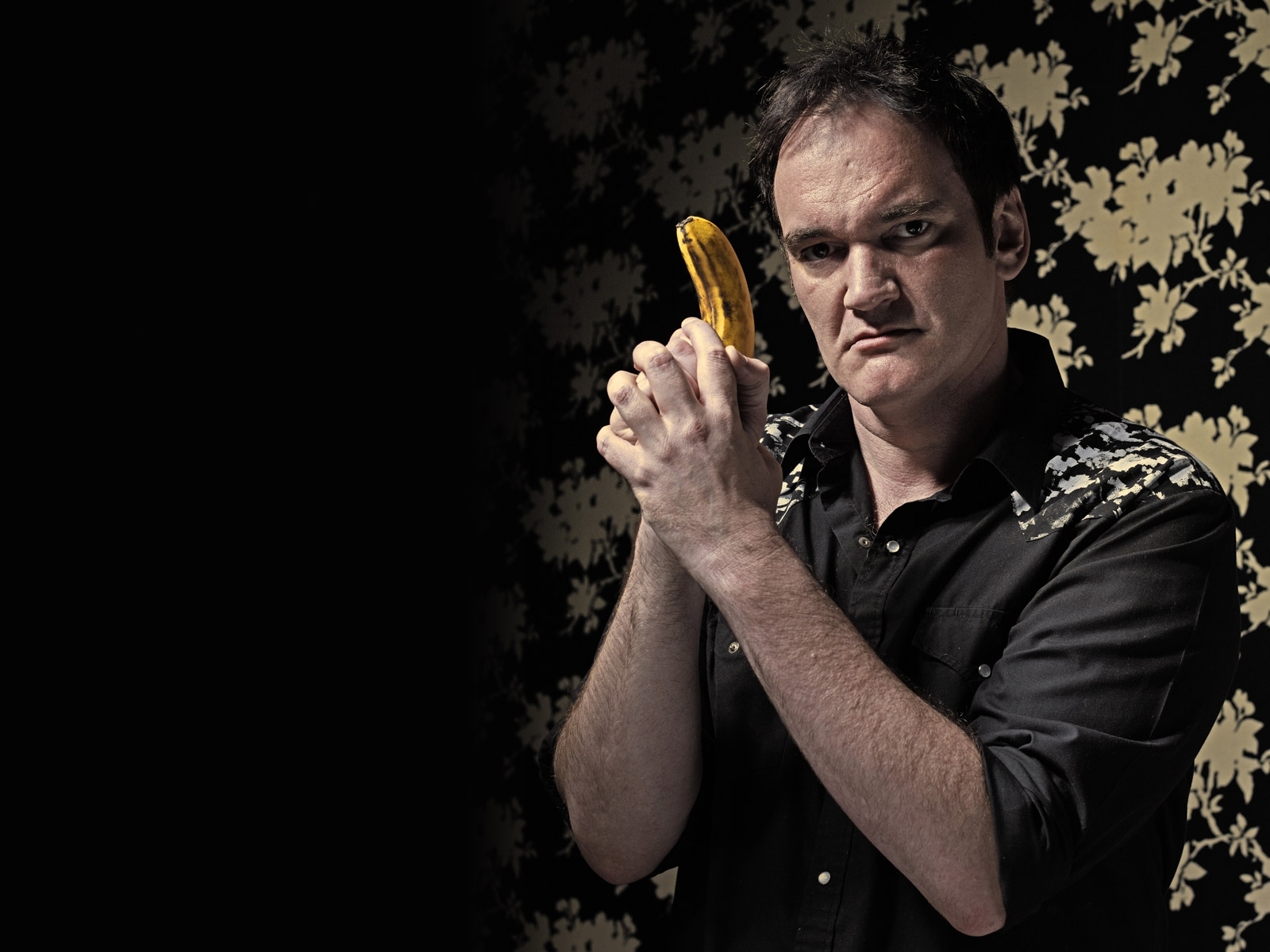
2. Once Upon A Spy: A Dark Twist on Bond
Daniel Craig possesses his own ‘lost’ Bond film, a distinctive tale named “Once Upon a Spy.” This treatment emerged from the creative mind of Oscar-winning writer Peter Morgan, who is currently garnering acclaim for his Netflix series, “The Crown.”
The leaked plot details hint at a narrative that leans towards a much darker trajectory, resembling the tone of the acclaimed “Skyfall” released in 2012. Both films share the impactful demise of M, portrayed by Judi Dench, as their climactic moment.
Within “Once Upon a Spy,” the story unfolds with a somber twist. Bond himself becomes entangled in a web of intricacies as he is forced to confront a complex blackmail scheme masterminded by none other than his own boss. In an unexpected turn of events, M’s illegitimate son, a product of a Cold War-era affair with a KGB agent, orchestrates the intricate plot.
Criticism of the storyline’s stark and intense nature surfaced, notably from Robert Wade, who, along with Neal Purvis, has played a pivotal role in co-writing every 007 film since “The World Is Not Enough” in 1999. Wade candidly expressed reservations about the plausibility and satisfaction of the story, deeming its darkness a challenge to translate convincingly onto the screen.

3. The Property of a Lady: Timothy Dalton’s Unfulfilled Mission
Timothy Dalton’s portrayal of Bond, characterized by its edginess and depth, could arguably be considered ahead of its time. However, Dalton’s tenure in the late ’80s was limited to just two films, though the prospect of a third installment was in the pipeline.
The ambitious plan was to unleash another riveting 007 adventure in 1991, with whispers of the title “The Property of a Lady,” drawing inspiration from one of Ian Fleming’s short stories. Yet, a legal skirmish between MGM and Danjaq, the custodian of the Bond film rights, introduced a significant delay that prolonged the production saga until 1994, coinciding with Dalton’s decision to gracefully step away from the iconic role.
The prospective film would have thrust Bond into the heart of the Far East, propelled by a terrorist attack on a Scottish nuclear facility. His mission would entail unearthing the treacherous machinations of the corrupt tycoon, Sir Henry Lee Ching. Alongside the intrigue of espionage, Bond’s path would intersect with the enigmatic Chinese Secret Service, triggering a partnership with the resourceful jewel smuggler Connie Webb. Their combined efforts aimed to expose Ching’s shadowy past and thwart a nefarious scheme that could plunge the world into the abyss of World War Three.
In this alternate Bond universe, audiences would also have encountered Denholm Crisp, a retired spy and Bond’s former mentor, whose true allegiance would have been unmasked to reveal him as an unexpected antagonist. Speculations swirled that Anthony Hopkins was being considered for this role. Notably, while heavily reimagined, elements of “The Property of a Lady” eventually contributed to the formulation of Brosnan’s debut as Bond in “Goldeneye” in 1995. This transformation saw the initial Scottish setting transition to Russia and the reimagining of Crisp as Alec Trevelyan, 006 – a significant divergence that illustrates the intricate evolution of Bond’s uncharted cinematic journeys.
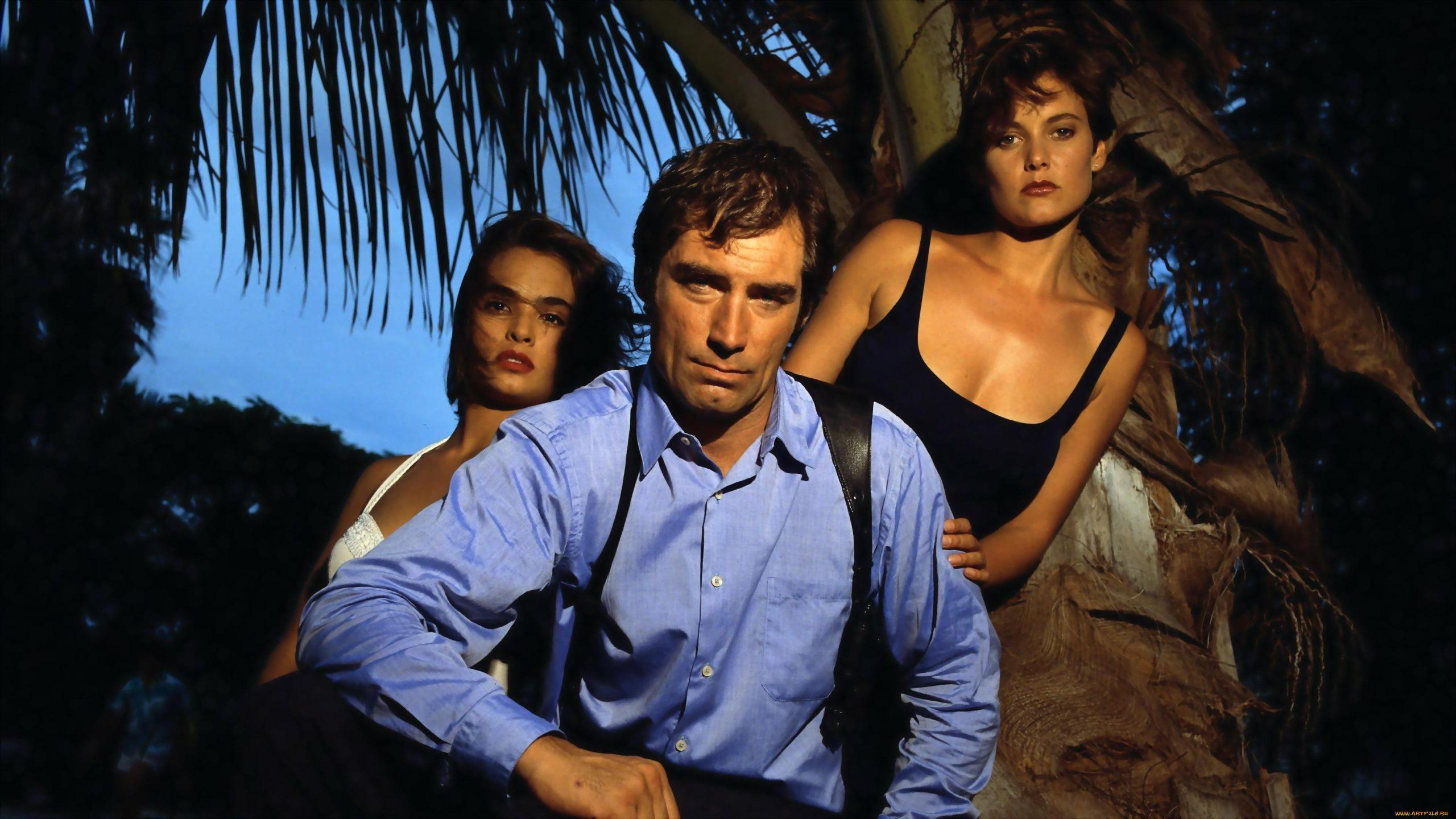
4. Diamonds Are Forever: George Lazenby’s Unexplored Vengeance
Lazenby’s tenure as Bond proved even briefer than Dalton’s, marked by a sole appearance in the 1969 film “On Her Majesty’s Secret Service” – often referred to as the poignant tale where Bond’s marital bliss is tragically short-lived.
Originally, the blueprint for a sequel centered on adapting Fleming’s “Diamonds Are Forever.” This envisioned installment would have depicted Bond on an unwavering quest for vengeance, still grappling with the loss of his beloved wife and determined to track down her killer, Irma Bunt (Ilse Steppat).
However, when Lazenby chose to part ways with the series, the trajectory shifted dramatically. Plans for a direct follow-up to “On Her Majesty’s Secret Service” were shelved, leading to an intriguing decision to bring back Sean Connery as the iconic spy. The reimagined “Diamonds Are Forever” emerged as a considerably more lighthearted rendition, reflecting a different tonal direction.
As speculation persists, it’s rather improbable that the original draft, crafted by seasoned 007 screenwriter Richard Maibaum, included the now-infamous scene featuring Blofeld in drag. Yet, as the world of Bond aptly demonstrates, sometimes the most unexpected twists can find their way into the narrative fabric.
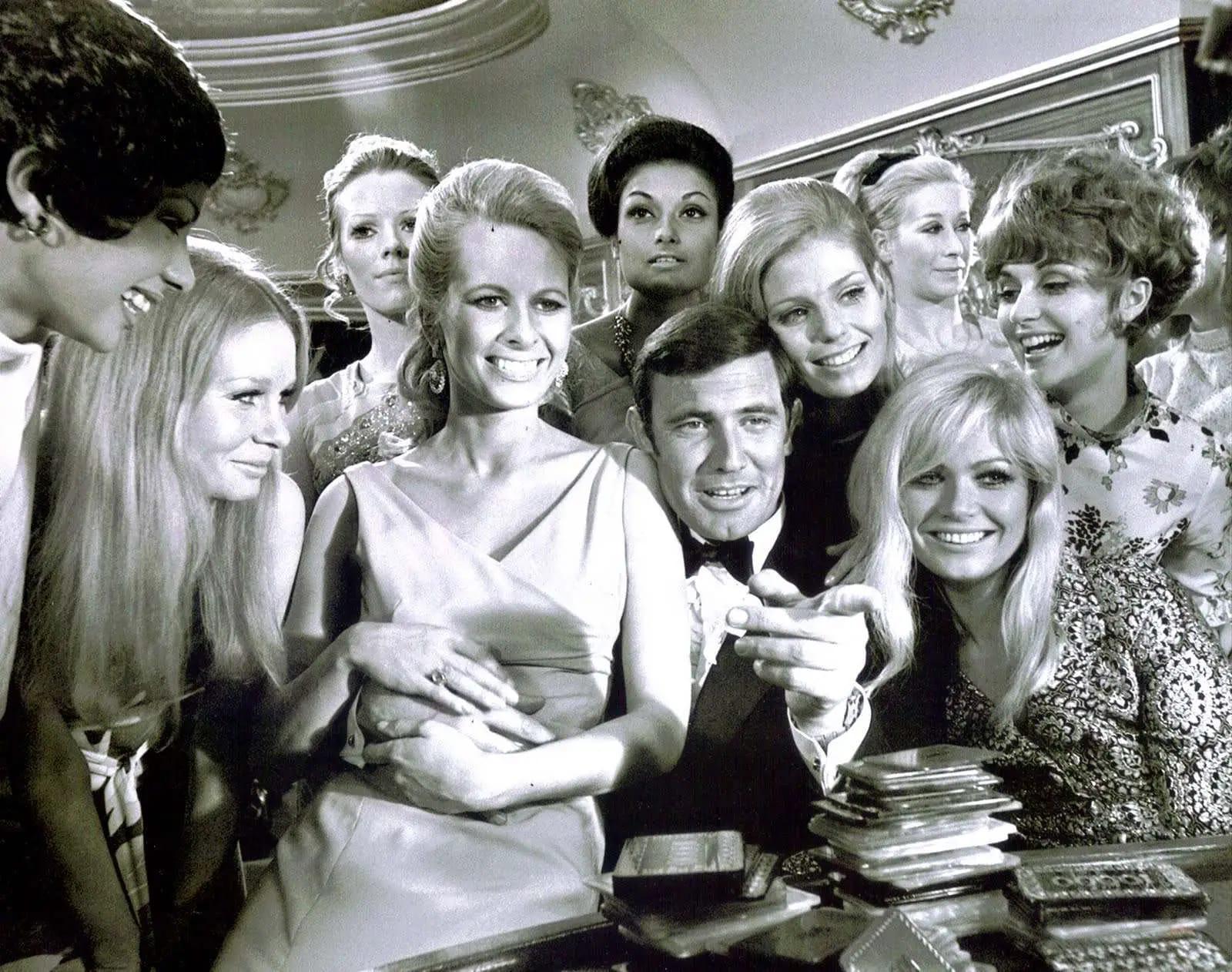
5. Warhead: A Complicated Tale of Rights and Recycles
This tale delves into intricate complexities, but let’s unravel the concise version…
During the 1950s, Ian Fleming joined forces with writer and producer Kevin McClory to conjure a pitch for a potential James Bond television series. When this endeavor failed to materialize, Fleming repurposed the collaborative material to shape the foundation of his subsequent 007 novel, “Thunderball.
McClory found himself understandably aggrieved by this turn of events and took legal action against Fleming, triumphantly securing the film rights to the book. Consequently, when Eon Productions embarked on adapting “Thunderball” into a cinematic experience in 1965, they had to navigate negotiations with McClory.
Despite the adaptation, McClory retained the film rights, a fact he leveraged to create a second cinematic iteration of “Thunderball” in 1983: “Never Say Never Again,” starring Sean Connery.
While much of this account is widely acknowledged, McClory’s narrative wasn’t finished yet. He ventured to revisit the material once again in the late ’80s.
His third cinematic foray, stemming from the Thunderball foundation, bore titles like “Warhead,” “Atomic Warfare,” and “Warhead 2000.” Among the intriguing casting considerations were Pierce Brosnan (in 1989, preceding his official Bond tenure), Timothy Dalton (in the late ’90s, post his Bond era), and even Liam Neeson (also during the ’90s, well before his action star resurgence in “Taken”).
After grappling through legal entanglements, McClory and Sony eventually reached an out-of-court resolution with MGM / United Artists in 1999. This watershed moment marked McClory’s relinquishment of all rights tied to crafting a James Bond film, effectively bringing an end to the “Warhead” project once and for all.
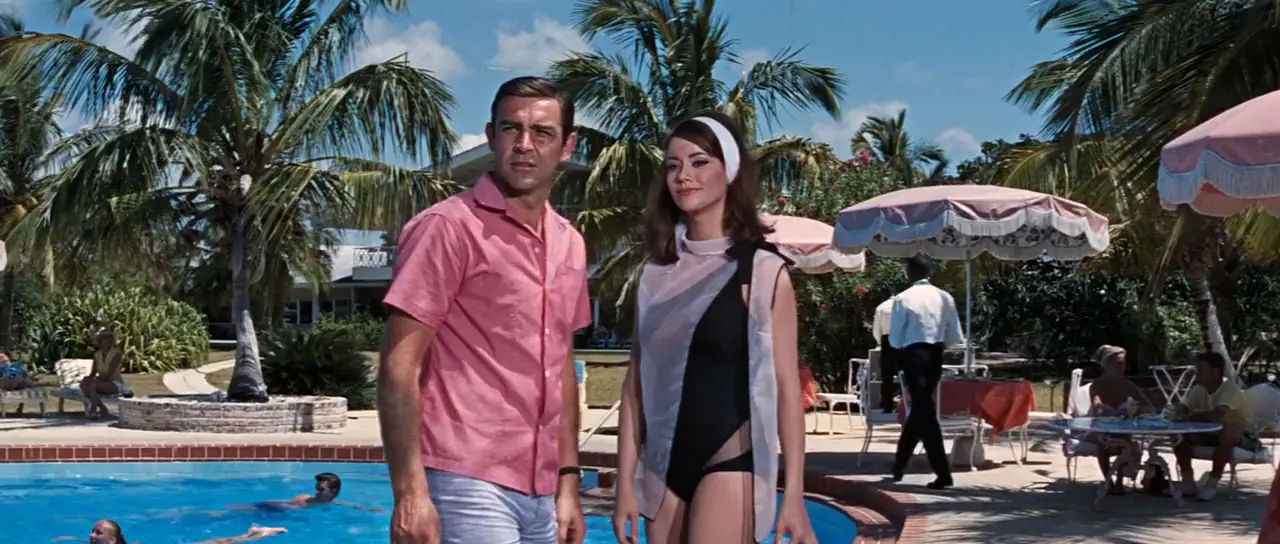
6. Hitchcock, Alfred Hitchcock: A Missed Opportunity
During the genesis of what would eventually evolve into “Thunderball,” Ian Fleming took a rather audacious step – he approached none other than the legendary Mr. Hitchcock himself to consider directing a screen adaptation of the iconic 007.
In 1959, Fleming composed and dispatched a telegram that pitched the prospect to Hitchcock. Regrettably, historical records do not provide clarity on whether the master of suspense ever had the opportunity to peruse this proposition or if he entertained the thought in response to Fleming’s proposal.
Curiously, around the same juncture, Hitchcock had recently embarked on a cinematic journey with “North by Northwest,” a film featuring Cary Grant. Interestingly, it’s a matter of legend that Grant, the suave leading man, was offered and purportedly declined the role of Bond for “Dr. No.”
Intriguingly, the same era saw the likes of James Mason, who played the villain in “North by Northwest,” also considered for Bond – an earlier incarnation of 007, specifically for a proposed television adaptation of “From Russia, With Love,” which, alas, never came to fruition.
It’s a tantalizing prospect to contemplate how the trajectory of the entire Bond saga would have diverged if Hitchcock had taken the helm. Instead, his path led him to craft a cinematic gem known as “Psycho,” and the legendary director’s enigmatic journey ventured in a different direction from the world of Bond.
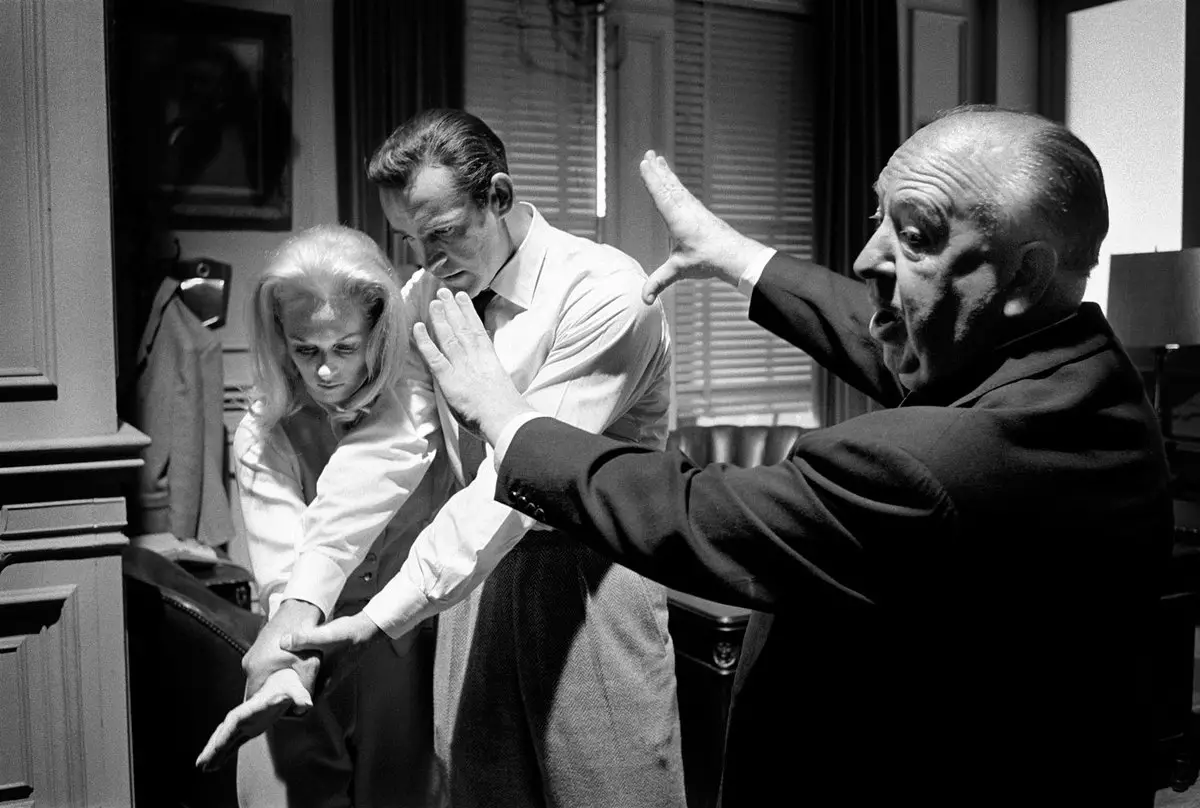
Alfred Hitchcock Collection
FAQ: Unmade James Bond Films
1. What was the most anticipated unmade Bond film?
The most anticipated unmade Bond film was undoubtedly Quentin Tarantino’s version of “Casino Royale.” With his unique cinematic flair and a desire to stay faithful to Ian Fleming’s novel, Tarantino’s involvement generated immense excitement. Imagine the fusion of Tarantino’s trademark dialogue and action sequences with the suave world of Bond. Although the project never materialized due to Pierce Brosnan’s departure from the franchise, the mere possibility of this collaboration continues to captivate fans’ imaginations.
2. Why was “Once Upon A Spy” considered too dark?
“Once Upon A Spy” brought a darker and grittier tone to the Bond universe, but it ultimately faced criticism for being overly grim and challenging to make credible. The concept of Bond having to eliminate his own boss, M, after she becomes entangled in a complex blackmail plot orchestrated by her illegitimate son, pushed the boundaries of the character’s traditional moral compass. Balancing the grittiness with the established Bond formula proved to be a daunting task, leading to the project’s abandonment.
3. How did legal disputes affect Timothy Dalton’s Bond career?
Timothy Dalton’s Bond career was impacted by legal disputes that delayed the production of “The Property of a Lady.” The intended film, involving Bond investigating a terrorist attack and exposing a corrupt businessman’s plans, was put on hold due to legal battles between MGM and Danjaq, the owner of the Bond film rights. The delay, coupled with Dalton’s decision to exit the franchise, resulted in the transformation of the concept into Pierce Brosnan’s debut film, “Goldeneye.”
4. Why did George Lazenby’s Bond journey end after one film?
George Lazenby’s Bond journey concluded after just one film due to various factors. Following his appearance in “On Her Majesty’s Secret Service,” Lazenby decided not to continue portraying Bond. This decision was influenced by concerns about typecasting, limited acting experience, and changing trends in cinema. Consequently, the planned direct sequel, “Diamonds Are Forever,” took a different path with Sean Connery returning to the role.
5. What was the essence of the legal disputes surrounding “Warhead”?
The legal disputes surrounding “Warhead” stemmed from Kevin McClory’s collaboration with Ian Fleming on the Thunderball story. McClory sued Fleming, leading to the intricate legal rights arrangement. These legal battles created uncertainty around the Thunderball narrative’s adaptation, resulting in multiple attempts to bring it to the screen. The project went through various names and potential actors, reflecting the complexity of the rights issue.
6. How did the potential involvement of Alfred Hitchcock impact the Bond franchise?
The potential involvement of Alfred Hitchcock in the Bond franchise could have dramatically altered its trajectory. If Hitchcock had directed a Bond film, it would have introduced a distinct blend of suspense and espionage. The unexplored collaboration between Hitchcock and Fleming raises intriguing questions about the tone, style, and narrative approach that could have defined Bond’s early cinematic adventures.
7. Were any of the unmade Bond films based on Ian Fleming’s novels?
Yes, several of the unmade Bond films were based on Ian Fleming’s novels or short stories. “Casino Royale,” “The Property of a Lady,” and “Diamonds Are Forever” were all intended adaptations of Fleming’s works. These projects sought to bring iconic Bond stories to life on the big screen, showcasing the timeless appeal of Fleming’s narratives.
8. How did Timothy Dalton’s Bond differ from previous portrayals?
Timothy Dalton’s portrayal of Bond was notably edgier and grittier compared to previous iterations. His Bond was characterized by a more serious and intense demeanor, aligning closely with the literary Bond depicted by Ian Fleming. Dalton’s portrayal aimed to explore the complexities of the character, delving into his personal motivations and vulnerabilities.
9. Why was Quentin Tarantino’s interest in “Casino Royale” abandoned?
Quentin Tarantino’s interest in directing “Casino Royale” was abandoned due to Pierce Brosnan’s departure from the franchise. Tarantino’s initial enthusiasm and desire to adapt the novel were rooted in the possibility of collaborating with Brosnan. However, once Brosnan officially exited the role of Bond, Tarantino’s interest waned, and the project’s development took a different direction.
10. What legacy do these unmade Bond films leave behind?
The legacy of these unmade Bond films lies in their testament to the ever-evolving nature of the film industry. Each unrealized project represents a different creative direction, narrative exploration, and potential casting choices. The stories that were never brought to the screen provide a window into the challenges and decisions that shape the James Bond franchise, sparking discussions and imaginative speculation among fans and film enthusiasts.
Conclusion: The Unwritten Pages of Bond’s Legacy
As we delve into the enigmatic realm of unmade Bond films, we’re reminded that cinema is a realm of infinite potential and countless what-ifs. These untold tales stand as a testament to the creativity and ambition that have driven the James Bond franchise throughout its illustrious history. While some of these missions were left on the cutting room floor, their legacy lives on in the hearts and minds of fans, inspiring discussions, fan theories, and a continued sense of wonder. The unseen pages of Bond’s legacy continue to remind us that the world of spies, intrigue, and adventure is as vast and ever-changing as our own imaginations.

